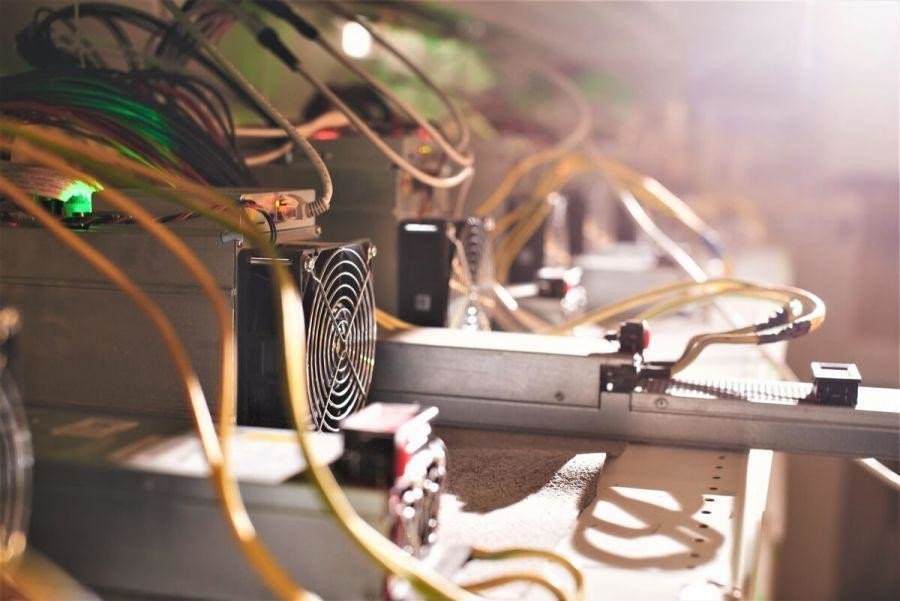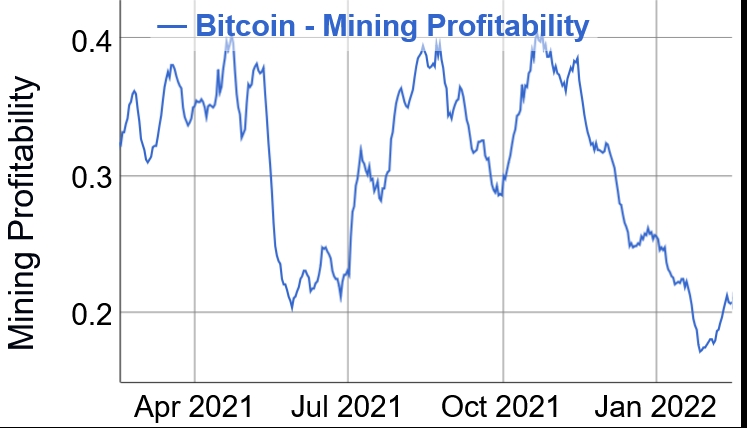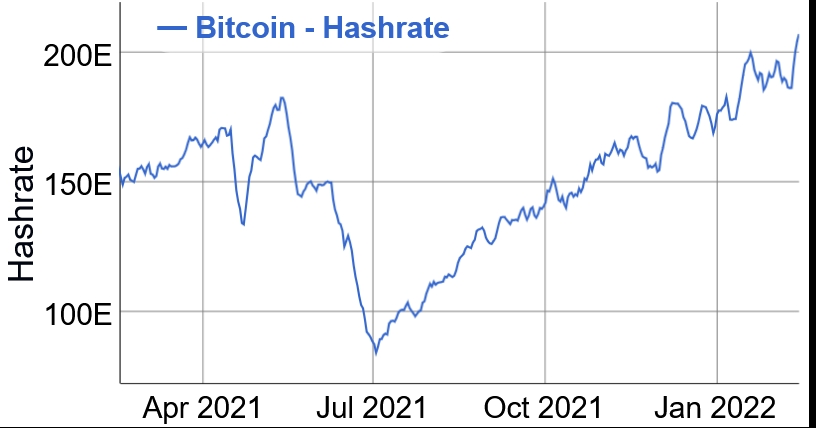[ad_1]

Bitcoin (BTC) miners are increasingly turning to creative methods to become more efficient, while at the same time attempting to improve the image of the electricity-guzzling industry. The new initiatives come as the difficulty of mining new BTC is already at it its highest level ever, and is expected to reach yet another all-time high in less than a day.
Among the reported new initiatives this week is a plan by oil US oil giant ConocoPhillips to sell surplus flare gas from the oil and gas-rich Bakken region to Bitcoin miners in North Dakota.
According to multiple media reports, the company is already working with one Bitcoin mining operation in the Bakken region, with CNBC reporting yesterday that co-locating Bitcoin mines and oil & gas fields can be “a huge help toward that goal.”
The project is part of a greater push by ConocoPhillips to cut its use of flaring, or the burning of excess gas, to zero by 2030, the same report said.
Meanwhile, Norwegian Bitcoin miner Kryptovault also made headlines earlier this month after The Guardian reported on a new initiative to use excess heat from the company’s mining machines to dry chopped wood typically used to heat homes in the winter season.
Hot air from the facility is pumped to 12 skips through pipes from the warehouse, the report said, noting that after the wood has been dried, a local lumberjack, will take them away for sale, grateful for the free service provided by the miners.
The idea of drying firewood with heat from the Bitcoin miners means that the wood can be dried in approximately 4 days instead of the 2-3 months that is usually required.
This was shared on Twitter by a prominent bitcoiner and Human Rights Foundation Chief Strategy Officer Alex Gladstein, who yesterday followed up with a visit to the site in Hønefoss, Norway.
“This is just one example of BTC mining’s unexpected positive externalities. Soon, the site will act as a drying site for the Norwegian seaweed industry. The vision that [CEO Kjetil Hove Pettersen] and [the] team have for supporting local business is fresh and inspiring,” Gladstein said.
The news of the two innovative initiatives came out as the Bitcoin mining difficulty reached new highs, following a consistent rise since July of 2021.
The difficulty currently sits at 26.69T, which is already an all-time high for the network. The next difficulty adjustment is expected in less than a day, pushing it up by around 4% to 27.8T, and once again cutting into the profit margins of BTC miners.

Bitcoin’s difficulty is adjusted for every 2016 blocks, or about every two weeks to maintain a time between blocks of around 10 minutes.
Meanwhile, Bitcoin hashrate, of the computational power, is also at its all-time high.

____
Learn more:
– Two Texans Use Flare Gas to Net USD 4M on Bitcoin Mining, Plan USD 20M in 2022
– Bitcoin & Crypto Mining in 2022: New Locations, Technologies, and Bigger Players
– Intel Confirms its Crypto Mining Plan
– Polish Miner Commercializes Tech Using Solar Panels To Mine Bitcoin, Heat Houses
– Hut 8’s ‘Ferrari of GPUs’ Ready for Ethereum’s PoS Move, Miner Open to M&A
– Bitcoin Mining CO2 Footprint Is Below 0.08% Of Global Total – CoinShares
[ad_2]
cryptonews.com




